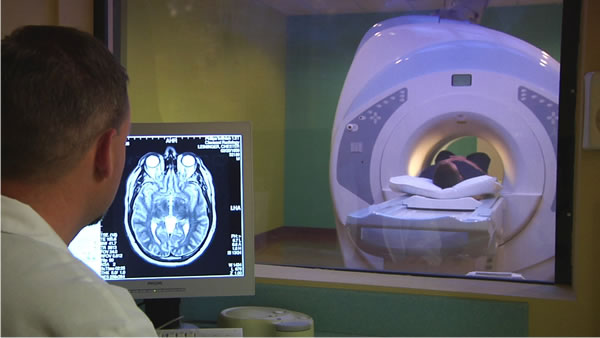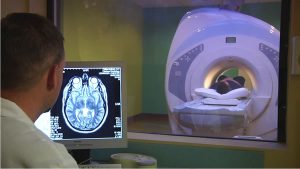Should Physicians Order MRI Scans for Personal Injury Litigation?
Physicians are rightfully reluctant to order MRI scans on patients they can confidently diagnose using other means. The clarity of the MRI image is, paradoxically, the reason why many physicians use them sparingly; MRI scans reveal asymptomatic abnormalities that can lead to false positives if doctors are overzealous in their diagnosis.
However, there are compelling reasons why physicians should still bow to attorney requests for MRI scans in personal injury cases. In fact, according to a 2005 argument published in the British Columbia Medical Journal, MRI scans were remarkably common in U.S. personal injury cases. This is no time for that to change. Here's why:
- False positives can be controlled by the reporting radiologist's scrutiny and the health care team's other diagnostic efforts.
MRI scans alone might result in inaccuracies, but physicians don't see these results in a vacuum. Medically, the MRI scan is one part of a larger diagnostic whole. Meanwhile, legally, the scan images can convince the court of the claim's validity.
- MRI scans can provide clear, convincing evidence of injury in many cases.
There's no clearer way to show soft tissue damage than an MRI image, which can be colored to highlight areas of interest, and even displayed in three dimensions.
- The use of MRI protects physicians from later claims of negligent care in the unfortunate case that a more serious injury is revealed in the future.
If an MRI scan could have revealed an injury, and the physician fails to order one, that could leave the doctor vulnerable to legal action.
- It's easy to schedule quick, accurate, and affordable MRI scans.
Legal cases happen on a strict schedule, which is why Precise Imaging ensures a quick turnaround on reports, same-day scheduling, and fair pricing.
- The costs of MRI are often recoverable in personal injury cases.
All Precise Imaging locations accept payments via personal injury lien and letters of protection, so if the patient wins the case, the procedure is covered.
The Value of MRI Images in Personal Injury Cases
MRI technology is a crucial tool for diagnosing problems with the brain, spinal discs, nerves, joints, and muscles that may not be detected using other methods. These soft tissues are often associated with personal injury cases stemming from car accidents or slips and falls. Once the medical team makes the diagnosis, recovery can begin — and the case can play out.
From a legal perspective, the images produced by an MRI scan can help win cases and might even increase the value of the claim, which ultimately benefits patients, doctors, and attorneys. MRI results are objective and can be used as a helpful “final word” in a legal setting. By using MRI scans in mediation or at trial, lawyers can fight for what patients need to cover their health care, now and in the future. That's a worthwhile goal for physicians as well.
To learn more, or to make a referral, call Precise Imaging at 800-558-2223.







 Multiple Referral Options and Quick, Easy Access to Radiology reports
Multiple Referral Options and Quick, Easy Access to Radiology reports


